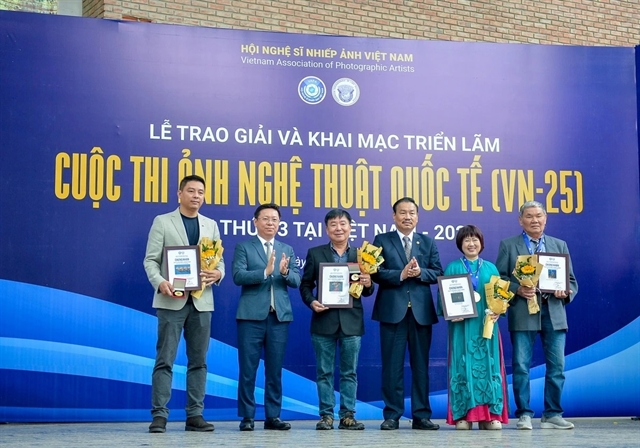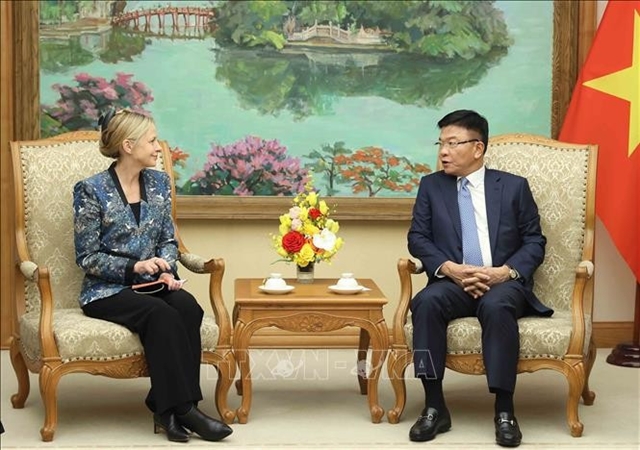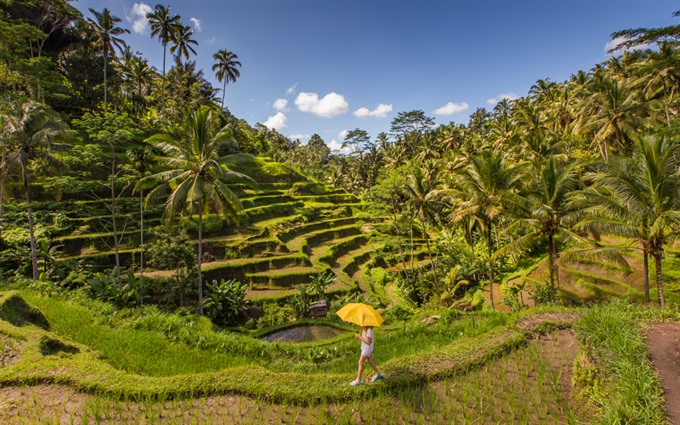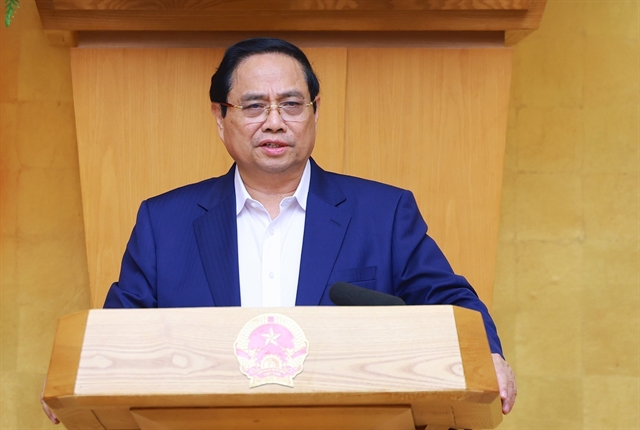 Life & Style
Life & Style

Deputy Minister of Foreign Affairs Phạm Sanh Châu attended a workshop with representatives of Indonesian tourism authorities to discuss ways to promote tourism and share experiences of developing tourism at UNESCO World Heritage sites in Bali on Monday.
 |
| Terraced fields at Jatiluwih Tourism Village in Bali. Photo bali-indonesia.com |
HÀ NỘI — Deputy Minister of Foreign Affairs Phạm Sanh Châu attended a workshop with representatives of Indonesian tourism authorities to discuss ways to promote tourism and share experiences of developing tourism at UNESCO World Heritage sites in Bali on Monday.
Việt Nam and Indonesia had many similarities in terms of nature, history and social and cultural traits, giving the two countries the ideal conditions to enhance tourism co-operation, officials agreed the meeting.
Dewa Ayu Laksmiadi, a representative from the Bali Government Tourism Office, said last year Bali received 4 million foreign tourists, mainly from China, Malaysia, South Korea, Japan and Australia. The Tourism Ministry had set a target of attracting 7 million foreign tourists to Bali next year, she said.
Laksmiadi said every year, Indonesia’s tourism industry sends delegates to attend international events in Việt Nam, such as the Việt Nam International Travel Mart (VITM) in Hà Nội and the International Travel Expo (ITE) in HCM City.
She expected more tourists from Việt Nam to visit Indonesia and vice versa.
Iwayan Wiranata, head of the Jatiluwih Tourism Village Management Board, said he appreciated the development of the Vietnamese tourism industry.
Jatiluwih Rice Terrace which is very similar to the terraced fields in Việt Nam was recognised as a UNESCO World Heritage site in 2012 and is a famous tourist destination featuring breathtaking views of the terraces running from the mountains down to the coast.
“I think we can learn a lot from Việt Nam’s tourism development,” he said.
“Việt Nam also boasts beautiful terraced fields and beaches, but we still want to invite Vietnamese people to come and discover the unique culture and traditions of Bali.” — VNS




